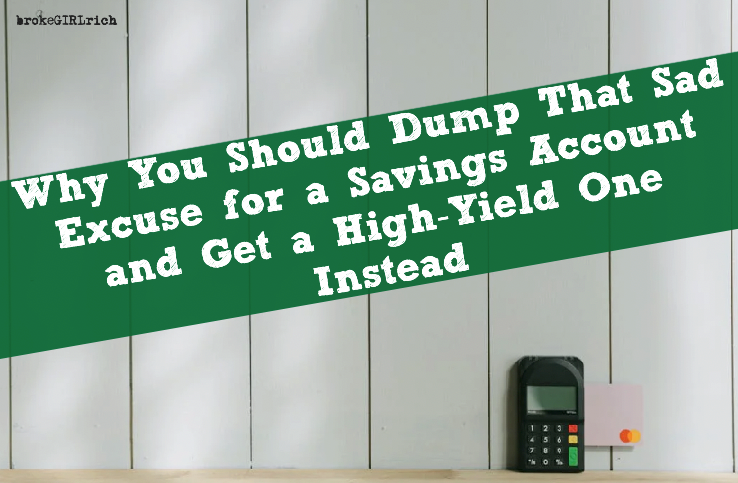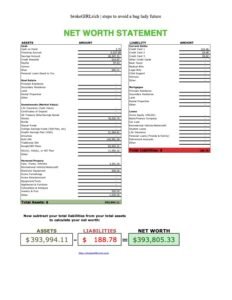
Let’s Discuss Your Savings Account
Let’s have a chat about your savings account. You know, that little number you see on your bank app, occasionally showing a few cents as a “thank you” for allowing the bank to use your money. If you’re still using a traditional savings account from a major bank, brace yourself—because you’re likely earning only 0.01% interest.
That isn’t a mistake. It’s one one-hundredth of a percent. To put it in perspective, if your account balance were a person, it would be out there begging for spare change.
Meanwhile, the financially savvy crowd has switched to High-Yield Savings Accounts (HYSAs), where interest rates actually matter. We’re talking about a whopping 4.40% APY (Annual Percentage Yield) or more, which significantly outstrips the breadcrumbs your old bank is providing. Let’s break it down and see how much of a difference this can make.
The Math (Don’t Worry, It’s Not Scary)
Imagine you have $10,000 in savings. You let it sit for 10 years. Let’s compare two outcomes:
-
Sad, low-interest savings account (0.01% APY): After ten years, you’ll earn a grand total of… wait for it… $10 in interest. That’s right. Just ten dollars—barely enough for a large pizza.
- High-Yield Savings Account (4.40% APY): Over the same decade, your $10,000 grows to approximately $15,384. That’s an additional $5,384 just for placing your funds in the right spot.
That’s the distinction between a nice getaway and, well, basically nothing.
What’s the Catch?
You might be asking why everyone doesn’t switch to a high-yield savings account if it’s this beneficial. Well, they should. But habits are hard to break, and major banks rely on you remaining unaware. They know that many people won’t take the time to transfer their money elsewhere, so they don’t feel the need to offer competitive rates.
Here are some important points about HYSAs to consider before making the leap:
-
Most of them are online-only. This means you might not have a physical branch to visit, but honestly, when was the last time you did that? You can still maintain a small account at a local bank if that helps you feel secure. Personally, I keep $100 in a TD Bank account just for access to a physical location if necessary.
-
They typically limit withdrawals. Federal regulations (Regulation D, if you’re curious) used to restrict savings accounts to six withdrawals a month, though that rule was temporarily lifted. Some banks still stick to it, so if you require regular access to your funds, be cautious.
- The interest rate isn’t set in stone. It can change based on economic conditions, but even if it dips, it will still be far better than 0.01%.
How to Switch and Start Earning Real Interest
Transitioning to a high-yield savings account is straightforward and could put thousands of extra dollars in your pocket over time. Here’s how to do it:
-
Find a good HYSA – Search for a trustworthy online bank or credit union that offers an attractive interest rate (consider checking out options like Ally, Marcus by Goldman Sachs, or Capital One 360—I’ve been an Ally customer for 17 years for my checking and I’ve kept my emergency savings in a Capital One 360 account for 15 years).
-
Open an account – This usually takes about five minutes online. You’ll need some basic information and possibly a small initial deposit.
-
Transfer your savings – Move your funds from your old account to your new HYSA.
- Sit back and let your money grow – That’s all there is to it. No extra effort necessary.
Final Thought: Stop Letting Banks Rip You Off
If you keep your funds in a 0.01% savings account, you are effectively donating free money to your bank. They take your cash, invest it, and rake in huge profits while you receive mere cents each year. That’s not just unfair; it’s downright insulting.
A High-Yield Savings Account is one of the simplest ways to make your money work harder for you. No risks, no worrying about stock market crashes—just free money accumulating over time.
So, are you ready to stop being financially neglected by your bank and start actually earning something?







